
1
Welcome to Avondale Homestead
An 1850’s Homestead Museum: the original pioneer homestead is furnished in period style and set in traditional colonial gardens.
| 
2
Hisotry of this Colonial Homestead
| 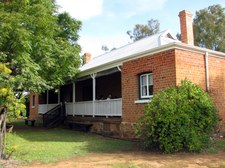
3
Avondale Homestead
The Avondale Homestead was built in 1850 during the ownership of Nicholas Carey, a wealthy landowner who lived in Guernsey. It was the original residence of the manager who had to oversee the shepherds who grazed their flocks of sheep on the 17,000 acres of un-developed land, that formed the Avondale Estate.
|
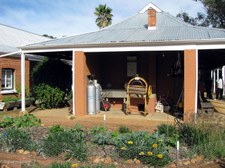
4
Colonial Garden in front of Laundry
The gardens have been redesigned to reflect our Colonial heritage and include a citrus orchard, grape vines, old varieties of roses and a kitchen garden.
| 
5
Laundry Mangle
| 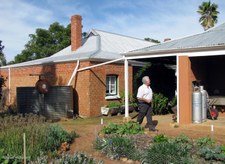
6
Homestead viewed from Colonial Garden
|

7
Wheelbarrow and Historical Items
| 
8
Water-cooled Coolgardie Safe
| 
9
Bird's Nest in Forked Branch
|

10
View from Homestead
| 
11
Farm Tractor approaches Homestead
| 
12
Farm Tractor
Avondale is a fully functional agricultural research station devoted to the development of sustainable farming practices.
|

13
Verandah shades the Homestead
The Homestead was occupied until the late 1970’s when restoration began. It features pressed tin ceilings, jarrah floor boards and local brick of English garden bond construction. The furniture and homestead memorabilia were donated by families throughout the state, and create a cosy atmosphere reminiscent of a rural home at the turn of the century.
| 
14
Depratment of Agriculture Avondale Research Station
The Avondale Project was officially opened on 16 March 1979 by HRH The Prince of Wales. The project commemorates the contribution which farmers and scientists have made towards the development of the State since the establishment of the Colony of Western Australia in 1829.
| 
15
Avondale Farm
The original land grant was located between the Avon and Dale Rivers, hence the name Avondale.
|

16
Flowering Gum (Eucalypt)
| 
17
Piglets in the Animal Nursery
| 
18
Baby Piglet
|

19
Emu and Sheep in the distance
| 
20
Emu stands tall while Sheep graze
| 
21
Young Lamb looks at camera
|

22
Two Young Piglets
| 
23
Three Geese
| 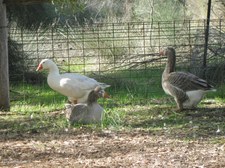
24
Farm Geese
|
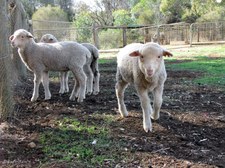
25
Young Lambs
| 
26
Lamb close up
| 
27
Emus walk along the fenceline
|

28
Emu portrait
| 
29
Adorable Lamb
| 
30
Australian Wattle
|
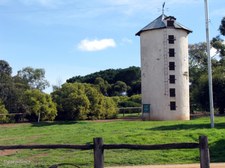
31
Historical Silo c1927
| 
32
Silage Silo c1927
Originally used to store Silage which is a special fodder for stock made of crop or pasture.
| 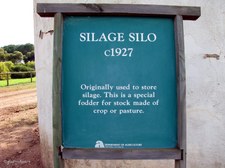
33
Silage Silo c1927
Originally used to store Silage which is a special fodder for stock made of crop or pasture.
|

34
Pink and Grey Galahs
Galahs search for seed and grain spilt near the silos.
| 
35
Historic Stables c1890
Built to house Avondale's working horses.
| 
36
1890's Oregon Pine Stable Complex
This substantial construction is timber framed and iron clad, of Yorkshire design and considered unique in Western Australia.
|

37
Old Wagon Wheel in the Stables
| 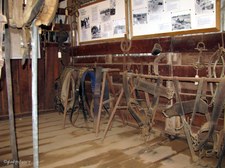
38
Harness Room
| 
39
Horse Stalls
There are ten stalls down each side and an overhead loft. There can be several Clydesdale horses at Avondale at any one time.
|

40
Horse-drawn Cart
| 
41
Stables c1890
Built to house Avondale's working horses.
| 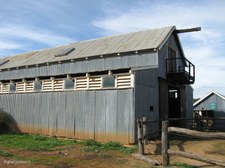
42
Stables c1890
A horseworks, chaff cutter and blacksmiths shop complete the stable complex.
|
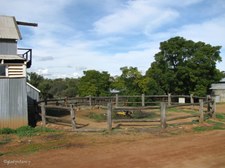
43
Horse Works c1915 at end of Stables
| 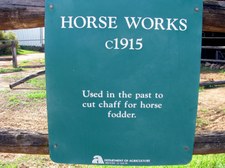
44
Horse Works c1915
Used in the past to cut chaff for horse fodder.
| 
45
Remains of Horse Works
|

46
Horse Works at end of Stables
| 
47
Wattle in Bloom
| 
48
Blacksmiths Workshop
Blacksmiths made horseshoes for the working horses, fixed cart wheels and made tools for the Research Station.
|

49
Blacksmiths Workshop
| 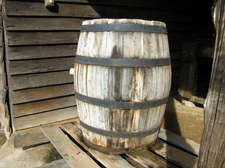
50
Wooden Barrel
| 
51
Water Trough made from hollowed Log
|

52
Shearing Shed c1961
| 
53
Flowering Gum (Eucalypt)
| 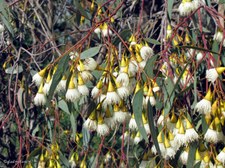
54
Flowering Gum (Eucalypt)
|

55
Avondale Dam
Dams provide a way to collect valuable rainfall in the Wheatbelt. Water is used for stock and homes on farms.
| 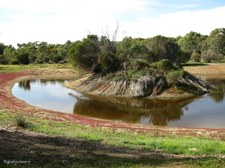
56
Avondale Dam
Some farm dams are used for producing Yabbies and Marron.
| 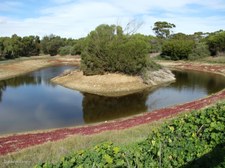
57
Avondale Dam
This dam holds 2000 cubic metres of water. That is enough water to fill two olympic size swimming pools.
|

58
Avondale Dam
| 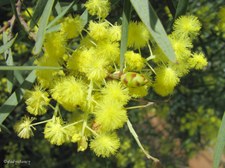
59
Wattle (Acacia)
| 
60
Avondale Machinery Museum
One of the largest collections of historic agricultural machinery in the Southern Hemisphere.
|

61
Historic Farm Machinery 1860-1960
| 
62
Massey Harris Tractor and Steam Engine
| 
63
Ford Truck
|
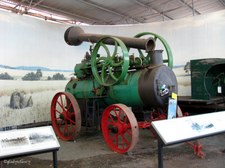
64
Steam Engine
| 
65
Sunshine Harvester c1907
| 
66
The Ridley Stripper c1864
|

67
Peacock Horse Drawn Stripper
| 
68
Fargo Truck
| 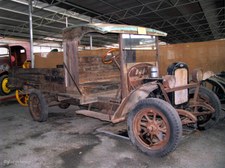
69
Chevrolet Truck awaits restoration
|

70
Caterpillar 2 Ton Tractor
| 
71
Patent Duplex Bagger
| 
72
Barrow Linton Clover Harvester
|

73
Wagon
| 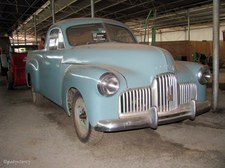
74
FJ Holden Ute
| 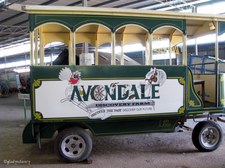
75
Horse-drawn Tram
|

76
Windmill to pump Water from Bore
| 
77
Piezometer
Piezometers measure the water table level deep in the ground. If the pole is green the watertable is at a safe level. If the pole is yellow the watertable needs to be monitored carefully. If the pole is red the watertable is dangerously high and micht cause problems like salinity.
| 
78
The Pole is Green on this Piezometer
Piezometers measure the water table level deep in the ground. If the pole is green the watertable is at a safe level. If the pole is yellow the watertable needs to be monitored carefully. If the pole is red the watertable is dangerously high and micht cause problems like salinity.
|
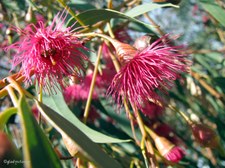
79
Flowering Gum (Eucalypt)
| 
80
Wattle (Acacia)
| 
81
Another view of Avondale Dam
|

82
Widescreen view of Avondale Dam
| 
83
Panorama of Avondale Dam
| |